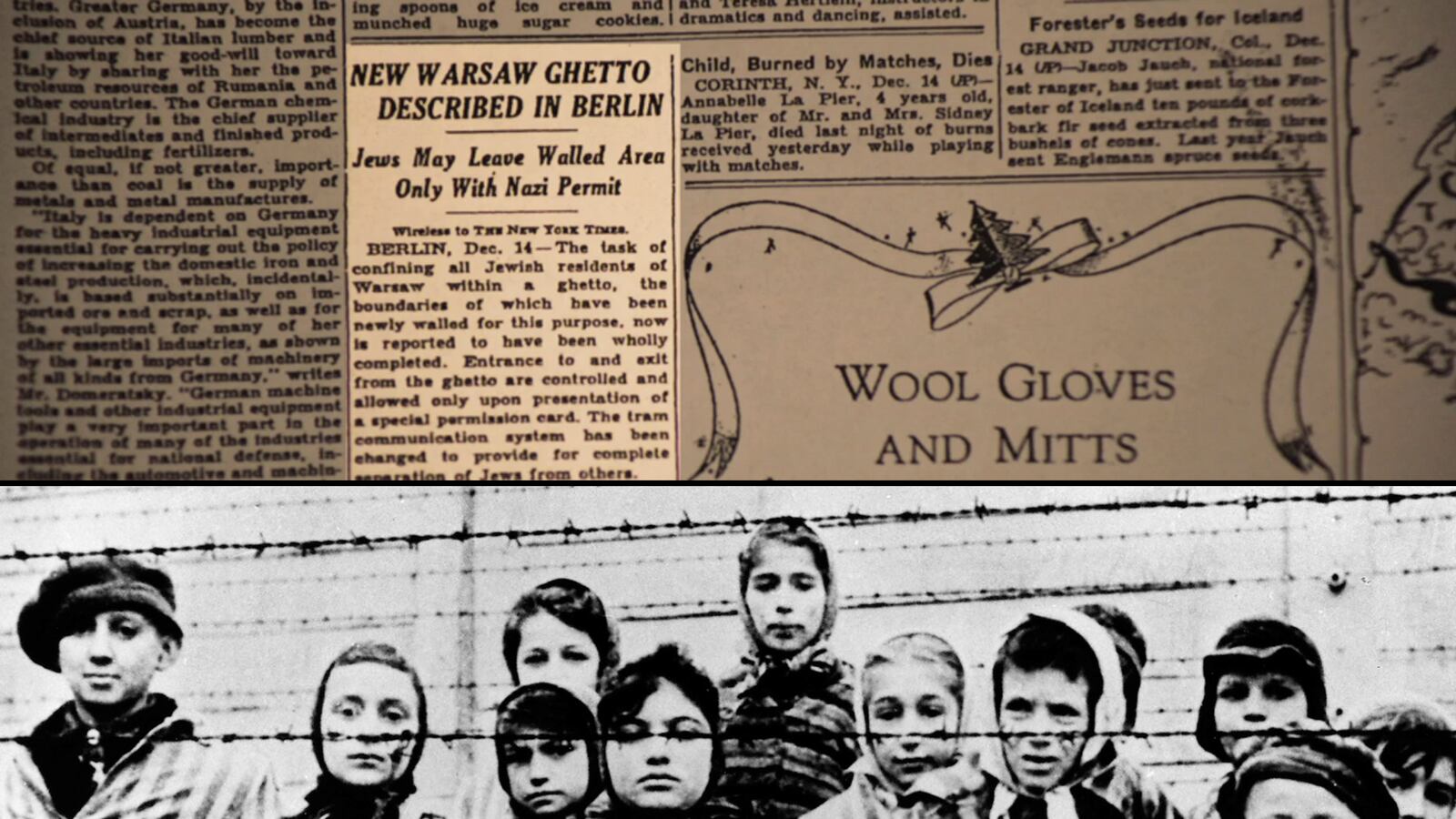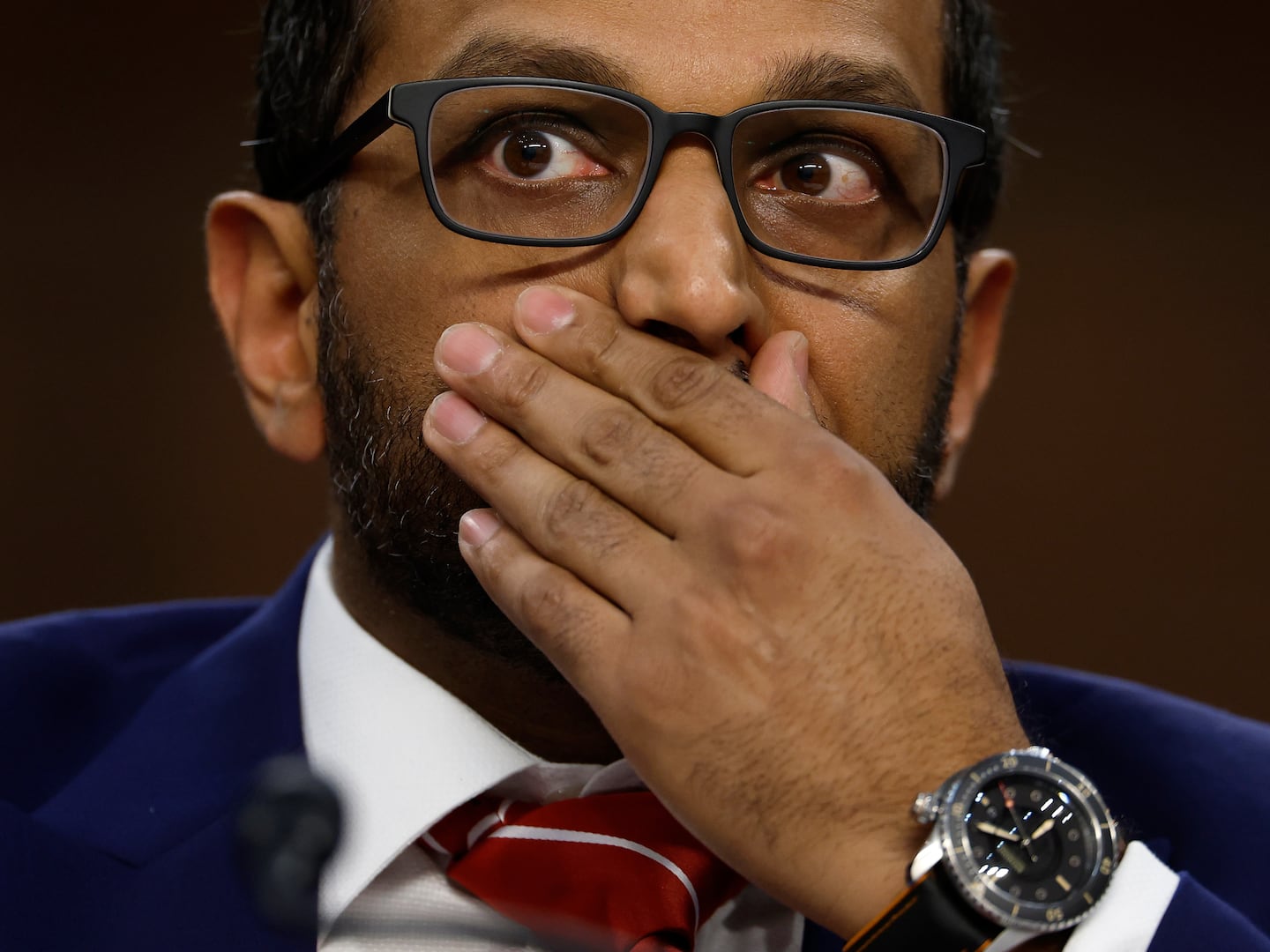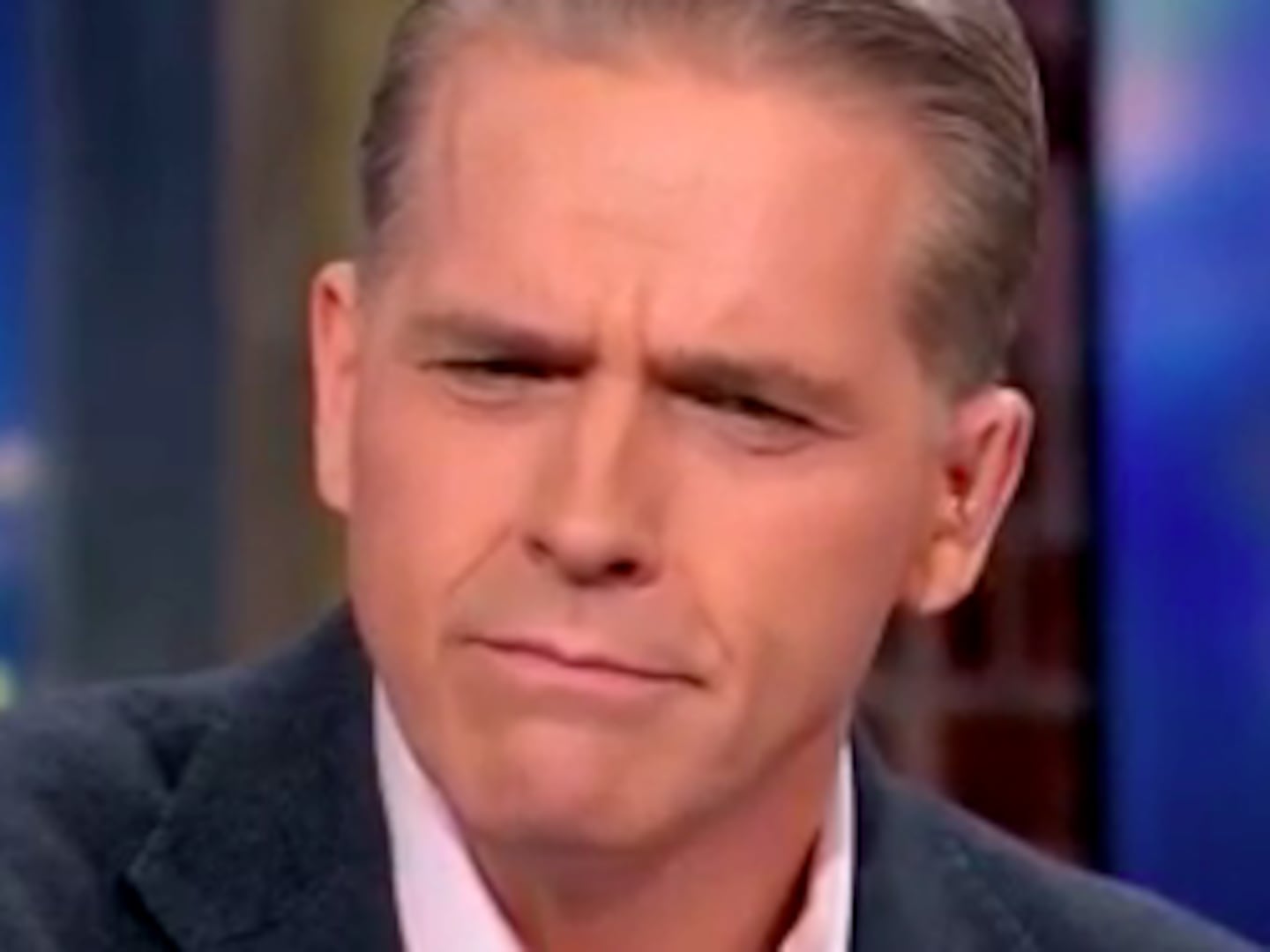Between 1939 and 1945, The New York Times published more than 23,000 front-page stories. Of those, 11,500 were about World War II. Twenty-six were about the Holocaust.

So why did “the paper of record,” which President Franklin Delano Roosevelt is said to have combed through every morning, decide to bury the bulk of its Holocaust coverage deep inside the paper, nestled between advertisements?
The documentary short Reporting on the Times, which will make its premiere at the 2013 Tribeca Film Festival, tackles this frustrating question. Directed by Emily Harrold—who, at 22, is the youngest filmmaker at the festival—and inspired by Laurel Leff’s award-winning book Buried by the Times, the 18-minute film provides a fascinating mix of archival footage and talking heads, including a Warsaw Ghetto survivor, former Times reporters, and historians, to get to the bottom of The Times’s decisions.
“We had to wear armbands with the Star of David,” Warsaw Ghetto survivor Estelle Laughlin, who was 10 when the war broke out, says in the film. “I remember when my mother first put on the armband, she said, ‘Wait until the world will hear about this.’ My mother was an optimist.”
We now know that the U.S. government was aware of the genocide as early as 1942. The “fourth estate” was aware as well, yet still pussyfooted around it. As an example of the Times’s paltry coverage of the Holocaust, which claimed the lives of approximately 6 million Jews, the film points to a story published in the paper July 29, 1942, about the liquidation of the Warsaw Ghetto. The story bore the headline “Warsaw Fears Extermination,” was published on Page 7, and was not even a stand-alone story, instead consisting of a handful of paragraphs nestled next to an ad for Emerson spinet pianos.
“It was a bad judgment call,” former Times reporter Alex Jones (’83–’92) says in the film. “It was something that mattered as much as anything as far as news judgment, and The New York Times blew it.”
According to the documentary, the Times’s editors made a conscious decision to bury the paper’s Holocaust coverage. The paper had long been a mirror of society, and in 1942, the majority of Americans harbored anti-Semitic views. Father Charles Edward Coughlin, an influential Roman Catholic priest, would even issue weekly radio diatribes against Jews. “When we get through with the Jews in America, they’ll think the treatment they received in Germany was nothing,” he said. The transmissions were broadcast nationally to an estimated 30 million listeners.
But one of the most head-scratching things about the Times’s Holocaust coverage—or lack thereof—is that the paper was Jewish-owned. The publisher at the time was Arthur Hays Sulzberger, and while the documentary reports that anti-Semites within the State Department may have been playing down Holocaust reports to him, Sulzberger chose to listen to those reports over a bevy of conflicting ones, because, according to Jones, he didn’t want the paper to be viewed as “a special pleader for the Jews.”
“To understand how the Times covered the Holocaust, you have to understand that the Times was paranoid—with justification—about being marginalized as an institution because of its Jewish ownership,” says Jones. “Sulzberger knew that the paper would be discredited. That’s why the coverage was undramatic, unpassionate, and framed often in general terms instead of ones that really got to the issue.”
Harrold combed through The New York Times’s company archives and came across a folder titled “Judaism.” In it were letters from Sulzberger to various people who wrote him about his faith. Sulzberger explains that while he is Jewish and identifies as a Jew, he doesn’t think Judaism is anything more than a religious category, and therefore doesn’t relate to “those people” because he does not view them as part of the same “people” or “race.”
When the last of the Jews of Warsaw were deported on May 14, 1943, the story appeared at the bottom of Page 6 of the Times the following day.
Harrold, who hails from tiny Orangeburg, S.C., and is not Jewish, began thinking about the project two years ago. She was enrolled in a class at New York University called “Jews and Other Minorities in Nazi Germany,” about non-Jews who were also targeted during the Holocaust, and decided to do more research about the United States’ decision to turn a blind eye to the atrocities. She came across Leff’s book Buried by the Times, which inspired her to make the film. Research began in January 2011, and the final edit of the film was completed in September 2012, just months after Harrold graduated from NYU’s Tisch School of the Arts.
“The most shocking thing is the fact that some people still don’t know about this,” she tells The Daily Beast.
Harrold said she sees frightening parallels between the Holocaust and the media’s coverage of the genocide in Sudan, which is often buried toward the back of the Times and various other news publications.
“That was definitely a motivating factor for making the film,” she says with a sigh. “History repeats itself.”
Still, it is unclear how much difference any amped-up coverage would have made if the Times hadn’t suppressed Holocaust stories.
“There are genocides going on today,” former Times reporter Ari Goldman (’72–’92) says in the film. “Are people moved to stop them, to rally around them? Or are they focused on their next paycheck or the recession?”
The film’s message, it bears repeating, isn’t to blame the Times, but to use its example to avoid similar mistakes in the future.
In September 1996, The New York Times ran a statement about its Holocaust coverage:
“The Times has long been criticized for grossly underplaying the Holocaust while it was taking place. Clippings from the paper show that the criticism is valid.”






